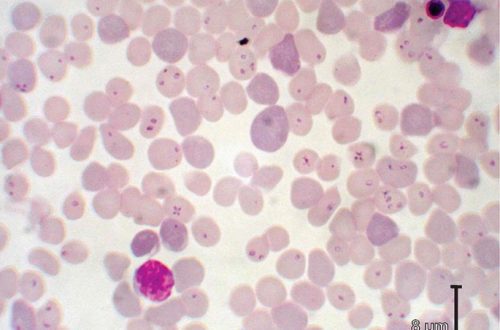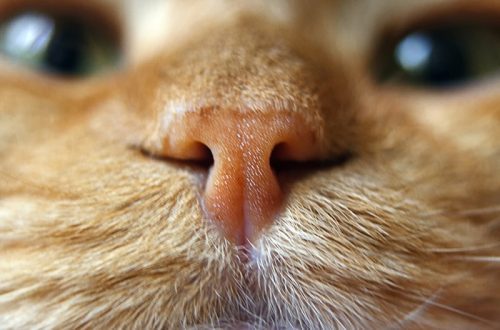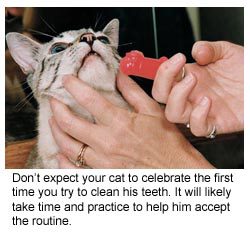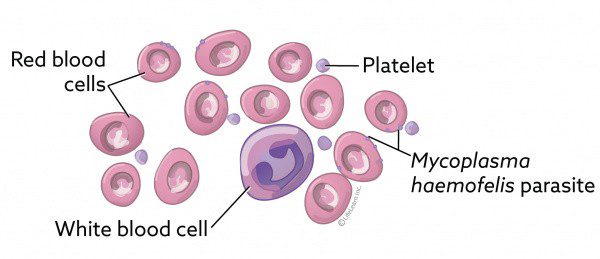
Mycoplasmosis in cats
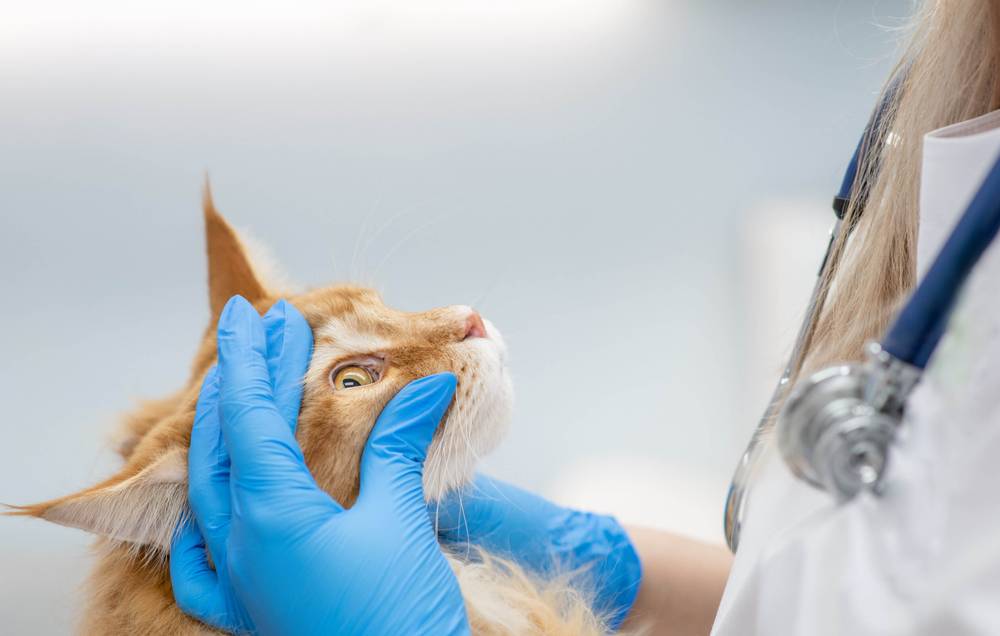
Contents
Mycoplasmosis in Cats: Essentials
Mycoplasmas are a group of Gram-negative microbes that are not always dangerous to cats.
The cause of mycoplasmosis in cats is usually a co-infection, damage to the mucous membranes, or an impaired immune response.
Infection occurs through contact with an infected animal.
The most common symptoms are redness of the mucous membranes, discharge from the eyes and nose, coughing, sneezing, and fever. However, there may be other abnormalities, depending on the location of the infection (lameness, painful urination, discharge from the loop, etc.).
Diagnosis consists in a thorough history taking, examination, and mycoplasmosis is finally confirmed by PCR or bacteriological culture.
Treatment depends on the severity of symptoms and comorbidities. As a rule, antibiotics are applied topically and systemically. But the drug must be prescribed by a doctor, since not every antibiotic acts on these microorganisms.
The main preventive measure is a healthy lifestyle (timely vaccination, proper diet, personal hygiene).
Mycoplasmosis in cats is not dangerous to humans. However, you should follow the rules of personal hygiene (wash your hands, do not kiss your pet, etc.).
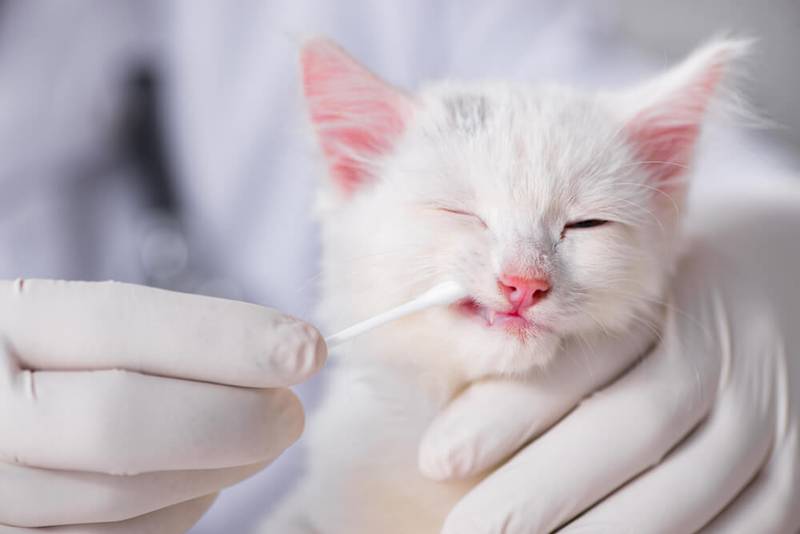
Causes of the disease
As we said earlier, mycoplasma is often found in tests in clinically healthy cats. The fact is that a healthy body is quite capable of protecting itself from this bacterium.
Most often, mycoplasmosis in cats develops due to a violation of the barrier function of the mucous membranes.
Thus, the cause of the disease can be:
Complication of other diseases (asthma, herpesvirus, calicivirus, chlamydia, bordetellosis, etc.);
Decreased immunity (viral immunodeficiency, taking immunosuppressants);
Violation of the barrier function of mucous membranes (allergy, hypothermia, stress);
Ingestion of a large amount of the pathogen – for example, through close contact with an infected animal.
Infection methods
Infection occurs through contact with a sick animal or a carrier. A cat can shed the bacterium without outward signs of infection.
The disease is transmitted:
by contact;
Through care items;
Airborne;
From cat to kitten during childbirth;
Sexually.
Symptoms
Symptoms of mycoplasmosis in cats depend on the location of the disease. Mycoplasma can affect the eyes, respiratory, urinary, reproductive systems and even joints.
Therefore, the symptoms of this disease are very diverse:
Profuse nasal discharge, sneezing, nasal congestion;
Cough;
Pain when swallowing;
Abundant discharge from the eyes, redness of the conjunctiva, clouding of the eyes;
Fever;
Rapid breathing (tachypnea);
Increased breath sounds;
Frequent and painful urination, blood in the urine;
Swelling of the joints, lameness;
A sign of cystitis is frequent, painful urination;
Signs of inflammation of the uterus – vaginal discharge, soreness of the abdominal wall.
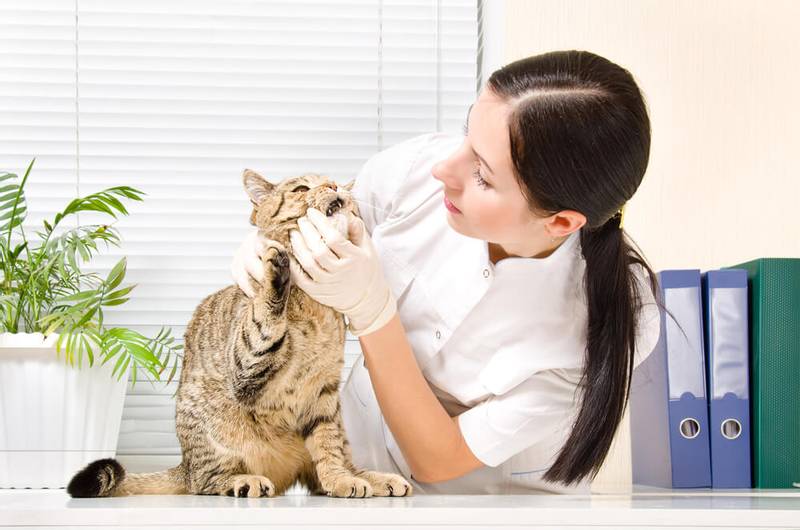
Diagnostics
Mycoplasmosis is diagnosed based on symptoms and laboratory tests. For research, samples from the affected organs are used. At the same time, it is important that the smear be taken directly from the walls of the mucous membranes, with a special probe, with the capture of epithelial cells. This is necessary because the pathogen multiplies in epithelial cells and to confirm the diagnosis it is necessary to detect it there, and not on the surface in secretions, where mycoplasma can also be found in healthy animals.
The taken samples are sent to the laboratory in a special test tube with a transport medium for analysis by PCR or bacteriological culture.
Treatment of mycoplasmosis
The question of numerous disputes is whether it is worth treating mycoplasmosis in cats. Let’s figure it out.
Mycoplasma by itself, as a rule, does not cause disease, its growth on the mucous membranes is a complication of other infections or immunosuppression (decreased immunity).
Thus, the treatment of mycoplasmosis in cats is as follows:
Symptomatic therapy:
Antipyretic in fever;
Drip infusions for signs of dehydration;
Inhalation for respiratory symptoms to help clear nasal discharge or sputum;
Washing the nose and eyes with special solutions;
Antitussives and mucolytics;
Non-steroidal anti-inflammatory (painkillers) for signs of acute pain.
Antibiotics locally and systemically. In the form of drops in the nose and eyes, tablets or injections. It is important that not all antibiotics act on mycoplasma, so they should be prescribed by a veterinarian.
Eliminate comorbidities. Depending on which abnormality caused the growth of mycoplasmas, treatment can vary greatly. This may be the appointment of a complex of antibiotics of different effects (one for mycoplasmas, the other for comorbidity), antihistamines, immunomodulators and other drugs.
Prevention of mycoplasmosis
There is no vaccine against mycoplasmosis, so prevention comes down to taking precautions, timely vaccination against other diseases, regular treatment against parasites, and a balanced diet.
Vaccination should be done against infections that can be complicated by mycoplasmosis (herpesvirus, calicivirus, chlamydia). Avoid stress and hypothermia. Do not let your pet out on the street or balcony in cold weather, avoid drafts after bathing, carefully insulate the carrier if necessary.
Keep your pet away from potentially sick animals. If you have a new pet, you need to quarantine it (in a separate room) for 14 days. If symptoms of the disease appear, you should consult a doctor and begin treatment, and after contact with a sick pet, thoroughly sterilize hands and care items before contacting other cats.
Errors in the diet can provoke the development of conjunctivitis, rhinitis against the background of allergies, which will affect the growth of the mycoplasma colony. In addition, the lack of certain nutrients can adversely affect the pet’s immunity, so proper feeding is perhaps one of the most important aspects of preventing any disease.
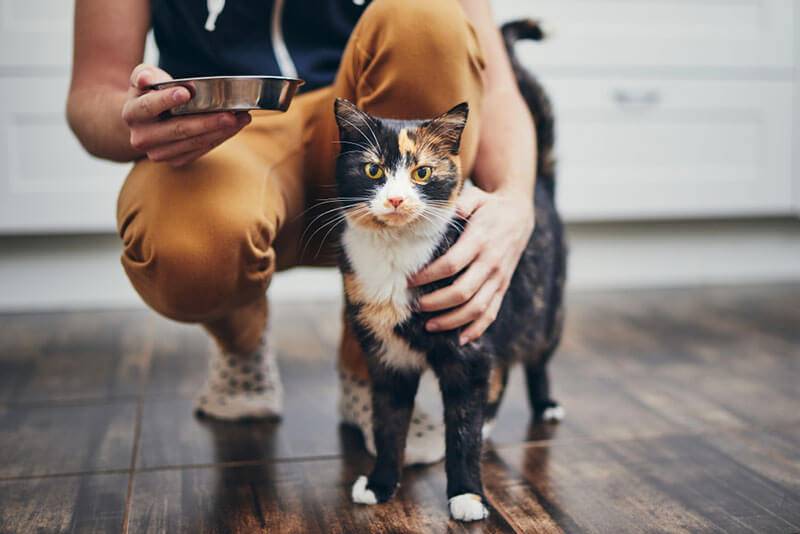
Danger to humans
Most of the strains that cause mycoplasmosis in cats are transmitted within the tetrapod population and are not dangerous to humans.
However, there is little evidence of danger for people with a reduced level of immunity.
The risk group includes:
HIV infected;
Children under 3 years old;
People undergoing immunosuppressive therapy.
Although the likelihood of transmission of the disease from a cat to a person is negligible, it is still worth following simple rules of personal hygiene when in contact with an infected pet:
Wash hands after each contact with a pet;
Keep your pet away from dishes, cooking area and food;
Do not kiss or rub your face against your pet.
The article is not a call to action!
For a more detailed study of the problem, we recommend contacting a specialist.
Ask the vet
December 10 2020
Updated: 21 May 2022



